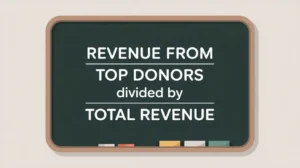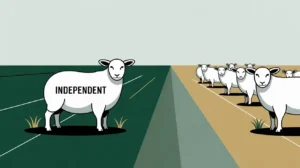Importance of Double-Entry Bookkeeping
Double-entry bookkeeping forms the foundation of accurate financial management by ensuring that every transaction is recorded in at least two accounts, maintaining balance between assets, liabilities, and net assets. This matters because nonprofits must demonstrate accountability to donors, regulators, and boards, and errors in recording can lead to mistrust or compliance violations. For nonprofits in social innovation and international development, double-entry bookkeeping provides the rigor needed to manage complex, multi-donor portfolios across different currencies and geographies. Boards and finance committees value it as a core safeguard of financial integrity.
Definition and Features
Double-entry bookkeeping is defined as an accounting system where each financial transaction is recorded with equal debits and credits, ensuring that the accounting equation (Assets = Liabilities + Net Assets) always balances. Key features include:
- Dual Recording: every transaction affects at least two accounts.
- Debits and Credits: increases or decreases tracked consistently.
- Error Prevention: imbalances flag mistakes or omissions.
- Universality: standard system for nonprofits, businesses, and governments alike.
Double-entry bookkeeping differs from single-entry bookkeeping by providing a full picture of financial position, not just cash flows.
How This Works in Practice
In practice, nonprofits apply double-entry bookkeeping to all transactions. For example, when a donor contribution of $100,000 is received, the accounting system records a debit to cash and a credit to contributions revenue. If $20,000 is later spent on program supplies, the system records a debit to program expenses and a credit to cash. Finance teams reconcile these entries monthly, and auditors rely on them to confirm accuracy. Boards may review summary reports built from these records.
Implications for Social Innovation
For nonprofits in social innovation and international development, double-entry bookkeeping ensures financial transparency and credibility. Transparent accounting reduces information asymmetry by showing donors and regulators how every dollar is received and spent. Donors value organizations that can demonstrate precise stewardship, while nonprofits benefit from robust systems that support growth and compliance. By embedding double-entry bookkeeping, nonprofits can manage complexity, safeguard trust, and sustain the financial discipline required for systemic change.







